TW Telecom calls this service ENLAN for Extended Native LAN. It provides users with a fast reliable and secure network that extends to encompass what is normally considered the WAN or Wide Area Network territory.
The WAN has traditionally been the jurisdiction of the telecom companies. If you needed to leave your own property, you were forced to convert your traffic to a telco standard to travel on their network and then convert back at the remote location. No more. A combination of Ethernet and MPLS is making the WAN invisible. It all now looks like one big LAN.
The way this works is that the core of the extended LAN is the TW Telecom MPLS Cloud. As a multi-protocol network, the MPLS Cloud can transport whatever digital format is required. That includes voice, video and data packets as well as traditional TDM services.
Ethernet is a perfect fit with MPLS networks. TW Telecom lets you keep everything in the Ethernet protocol, just like it is on your LAN. Rather than going through a speed bump when you have to exit your edge router and enter the WAN, you simply hook up to an Ethernet connection that leaves your facility. When this Ethernet access network reaches the MPLS Cloud it is assigned to one or more L2 Tunnels where it is transported to its intended destination. From there another Ethernet access connection takes it to the remote location.
Note that all connections are Ethernet and the transport takes place through layer 2 tunnels. That allows you to keep a switched Ethernet protocol linking all your desired locations. It looks just like one big LAN, even though you are traversing a MPLS cloud network on the way from point to point.
Being able to stay at the layer 2 switching level is one advantage of ENLAN. Another is that the Ethernet access connections and MPLS tunnel bandwidth is scalable. You can order bandwidths from 2 Mbps up through 1 Gbps. Your access is through IEEE standard 10/100/1000/10000 Mbps Ethernet interfaces. With scalability you can get the bandwidth you need to support your operations right now and then easily upgrade as needed.
Is ENLAN or Ethernet / MPLS networking right for your business or organization. To find out quickly and easily, simply request a quick quote for the bandwidth and locations you need to support. Then see if you can justify not saving a small fortune on your network services.



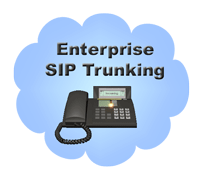


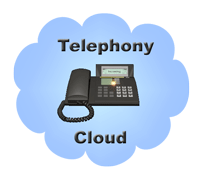






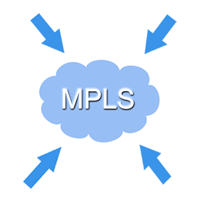







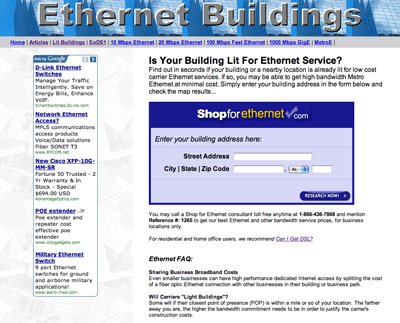

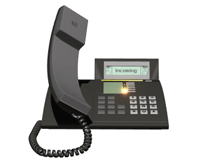
 The Plaintiff is David Ascalon, a renowned sculptor
The Plaintiff is David Ascalon, a renowned sculptor


